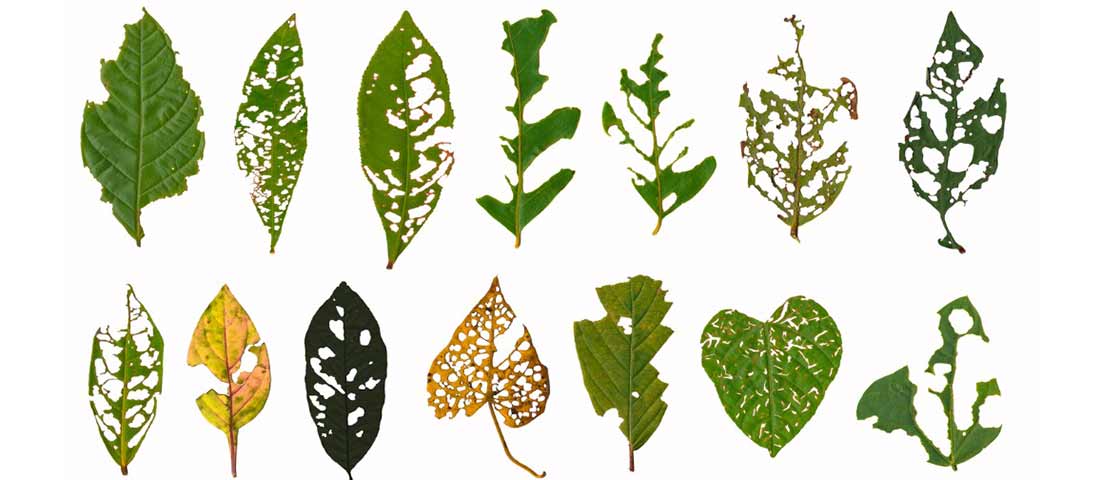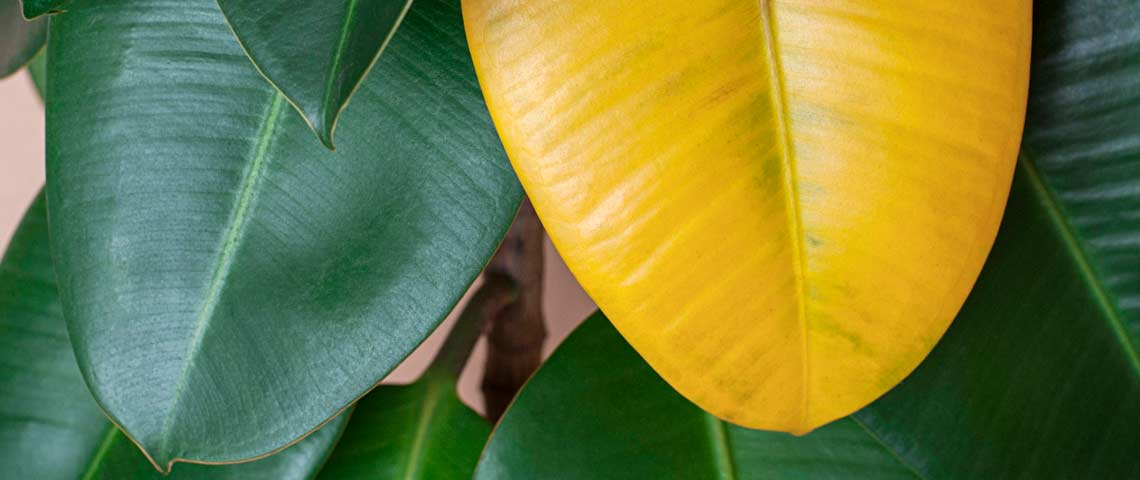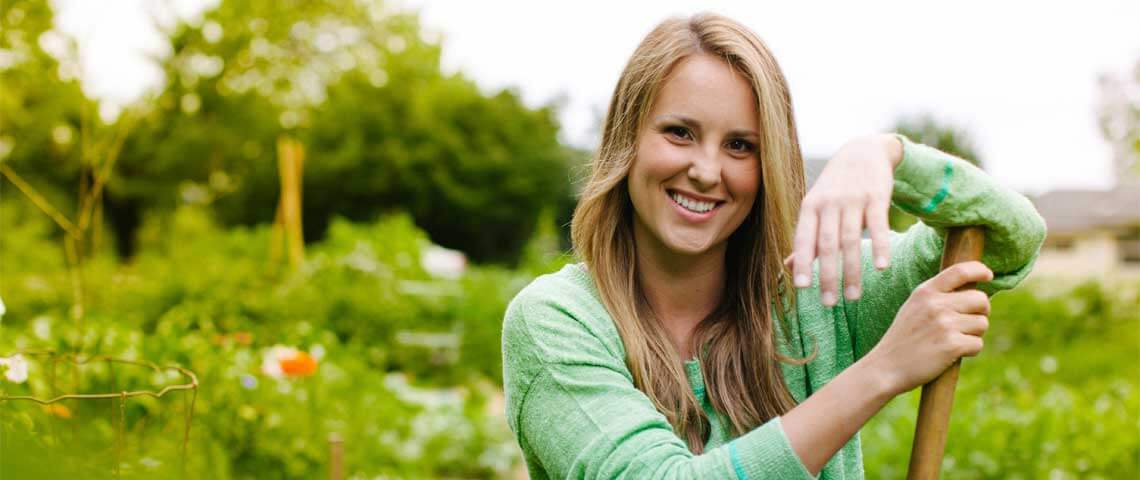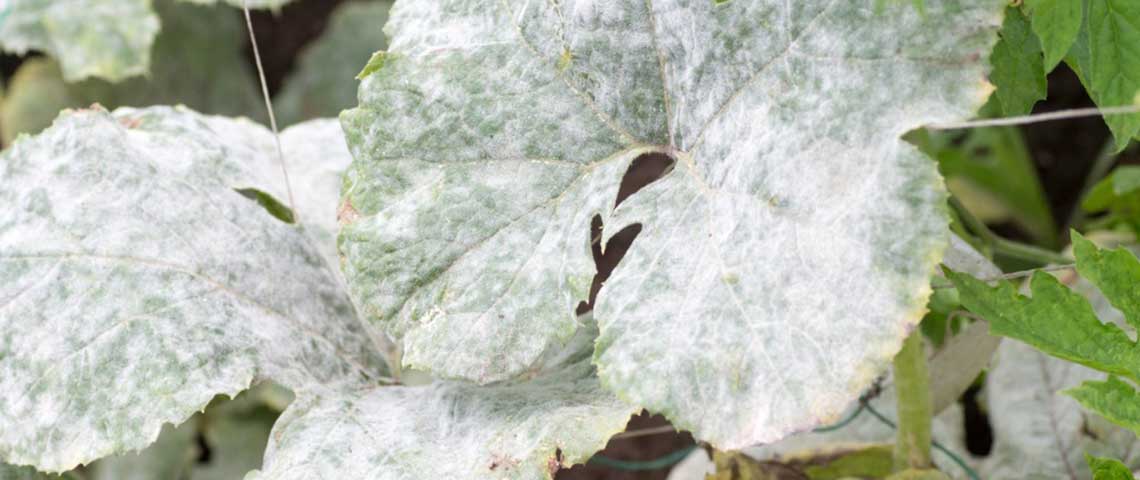Why Are There Holes in My Plant Leaves?
Finding holes in your plant leaves can be frustrating, especially when you don't know why those holes appeared. But don't worry. Hole-causing pests — from insects to diseases — leave clues to help you determine who's to blame. By learning about potential offenders and the holes they cause, you can stop leaf holes and protect your plants.
- Holes From Slugs and Snails
- Holes From Caterpillars
- Holes From Chewing Insects
- Holes From Sucking Insects
- Holes From Fungal Diseases
- Healthy Plants and Leaves
Holes From Slugs and Snails
Slugs and snails belong to a class of animals known as "gastropods." Roughly translated, that scientific name means "stomach-foot." If these voracious pests hit your garden, you understand the name suits them well. If you find holes in leaves but no bugs, visit your garden with a flashlight at night. That's when slugs and snails do their dirty work.
Slugs and snails chew leaf holes in many plant types, including hibiscus, hosta, basil, cabbage, tomatoes, lettuce, cucumbers and pepper plants. Leaf holes from slugs and snails offer these clues:
- Holes are large and irregular in shape.
- Hole edges are relatively smooth.
- Holes appear toward leaf centers, not edges.
- Trails of silvery slime lead to and from plants.
Slug and snail control: Slugs and snails aren't insects, so insecticides don't control these pests. You can get rid of slugs and snails and stop the damage fast with Corry's Slug & Snail Killer ready-to-use pellets. People and pets can reenter treated areas immediately.

Snails and slugs make irregular holes away from leaf edges.
Holes From Caterpillars
Caterpillars are the larvae of moths and butterflies. A diverse group, these hole-making pests range from tiny inchworms to hornworms 4 inches long. Some types are nocturnal; others feed around the clock. In addition to leaves, these pests often chew on other plant parts, including stems, roots, buds, flowers and fruits.
In their many forms, caterpillars target all types of plants, from roses and hydrangeas to basil, broccoli, cabbage, tomatoes, peppers and more. Holes in leaves from caterpillars provide these hints:
- Holes vary in size.
- Hole edges are rough.
- Holes appear at leaf edges and leaf centers.
- Lots of dark fecal droppings are nearby.
Caterpillar control: To stop leaf damage from caterpillars, spot-treat individual pests or plants with Sevin Ready to Use. For larger areas, try Sevin Insect Killer Concentrate or Sevin Insect Killer Ready to Spray. People and pets can reenter the area when sprays dry.

Leaf damage intensifies when caterpillars come in multiples.
Holes From Chewing Insects
Caterpillars are chewing insects, but their leaf holes end with adulthood. Plenty of other chewing insects continue their damage as adults. Chewing insects eat leaves and make holes by biting or tearing leaves and grinding them with their tooth-like mandibles.
Few plants — or plant parts — are safe from damage by chewing insects. Day-feeding Japanese beetles skeletonize the leaves of hundreds of plant species. Earwigs and other chewing pests attack at night. These pointers help identify leaf holes from chewing insects:
- Holes are smaller and more diverse.
- Hole edges are rough or ragged.
- Holes appear along leaf edges first.
- Holes may stay between leaf veins, be on just one leaf side, or consume entire leaves.
Chewing insect control: An effective broad-spectrum insecticide stops a wide range of chewing insects, no matter who's guilty. Sevin Insect Killer Concentrate kills Japanese beetles, earwigs, flea beetles and other listed chewing insects. Then it keeps protecting your plant's leaves for up to three months. You can reenter treated areas when the spray dries.

Japanese beetles are chewing insects that skeletonize leaves.
Holes From Sucking Insects
Some hole-making insects prefer liquid diets, made possible by specialized mouthparts. Aphids and squash bugs are examples of what's called piercing-sucking pests. They pierce leaves and suck plant sap through tubular mouthparts that work like straws. Rasping-sucking pests, such as thrips, scrape leaf surfaces and suck plant juices from the oozing holes.
Sucking insects strike many plant types, from flowers and grasses to roses, hydrangeas, cabbage, eggplant, tomatoes and kale. Their damage happens day and night. Leaf holes from sucking insects offer these clues:
- Damage focuses on tender, new growth.
- Small, seeping holes become yellow spots.
- Entire leaves become mottled or discolored.
- Sticky honeydew, excreted by sucking insects, attracts ants.
Sucking insect control: As with chewing insects, sucking insects are a wide-ranging group. Broad-spectrum Sevin Insect Killer Concentrate or Sevin Insect Killer Ready to Spray kills aphids, squash bugs and other listed sucking pests. Then it protects for up to three months. Once sprays dry, people and pets can reenter treated areas.

Rasping-sucking pests like thrips cover leaves with tiny feeding holes.
Holes From Fungal Diseases
Some holes on plant leaves start with diseases, not insects or gastropods. Unlike freshly chewed edges or oozing holes, these leaf holes usually begin as spots. Once disease is active, spots can spread quickly. Hole-causing fungal diseases include anthracnose, Cercospora and shot hole disease.
Fungal diseases affect all types of plants. They often trace back to cultural problems such as overcrowding, poor air circulation and wet leaves. Holes caused by fungal disease usually offer these hints:
- Holes start as yellow, discolored or wet-looking spots.
- Undersides of spots may show fuzzy fungal growth.
- Spots turn brown and dead centers fall out.
- Brown or yellow halos remain around the holes.
Fungal disease control: Prevention is crucial with fungal diseases. Give your plants plenty of room and avoid overhead watering. Water early in the day so any wet leaves dry before nightfall. Then let Daconil Fungicide products help prevent, stop and control more than 65 types of fungal disease. Once the spray dries, people and pets can reenter and enjoy the area.

Cucumbers are vulnerable to anthracnose leaf spots and holes.
Healthy Plants and Leaves
Keeping your plants well-nourished goes a long way toward preventing leaf holes from all types of hole-causing pests. Healthy plants are better able to resist insects and diseases — and the holes they cause — which means more beautiful leaves and plants for you.
Pennington Rejuvenate Plant Food All Purpose 4-4-4 feeds your plants a balanced, beneficial blend of essential nutrients, then it keeps feeding for up to four months. OMRI-listed Alaska Fish Fertilizer 5-1-1 provides natural-based nutrients that give your plants added boosts through the growing season. And with Pennington Epsom Salt, you can help prevent yellow leaves due to magnesium or sulfur deficiencies and enjoy attractive leaves and growth.
Pennington has cultivated the trust of homeowners and plant lovers for more than 75 years, with premium lawn and garden products and the expert advice you need to succeed. We're here to help you learn about plants and plant care, from leaf holes to homegrown veggies, so that you can savor all the joys gardening can bring.
Always read product labels thoroughly and follow instructions, including guidelines for pre-harvest intervals (PHI) and application frequency.






